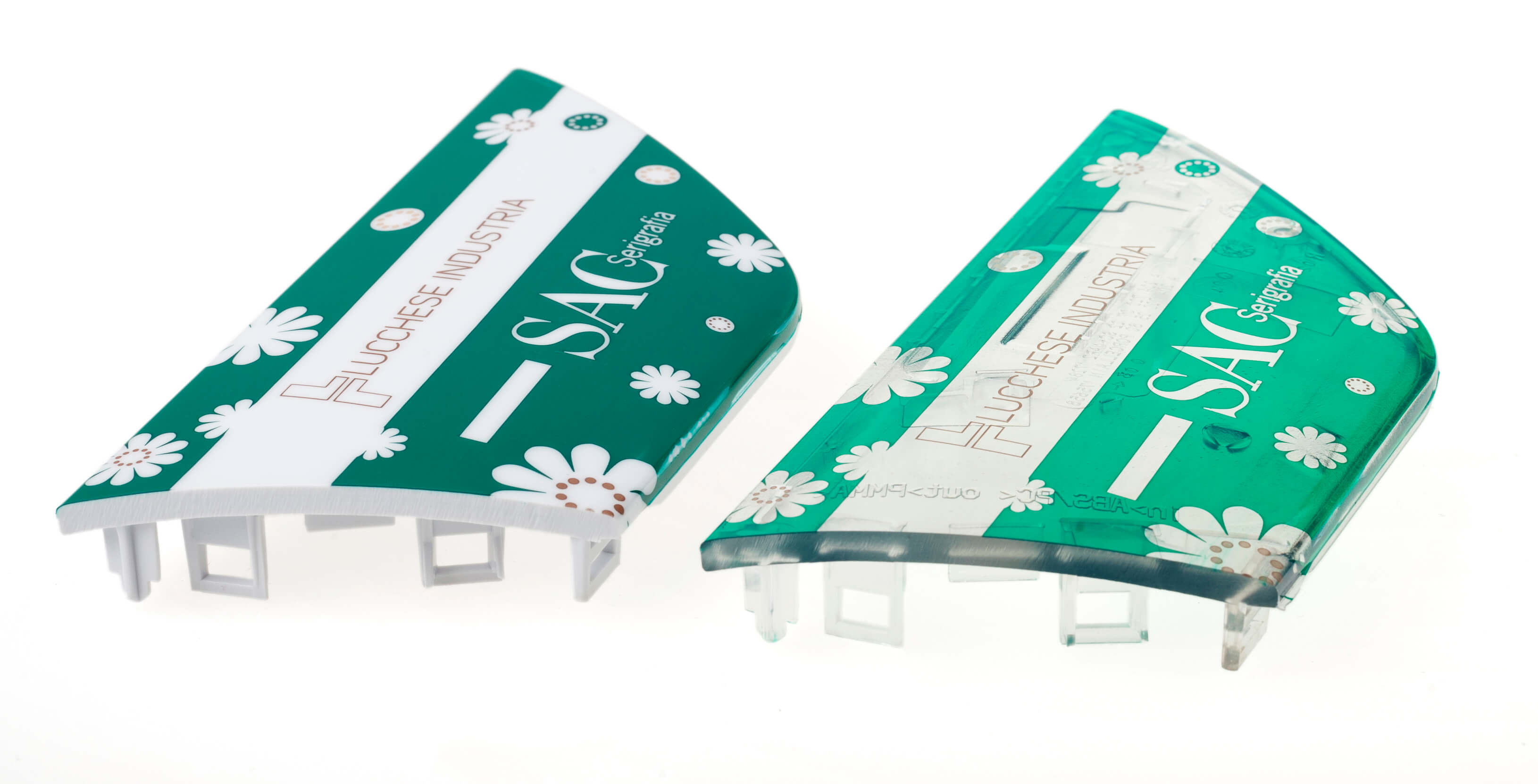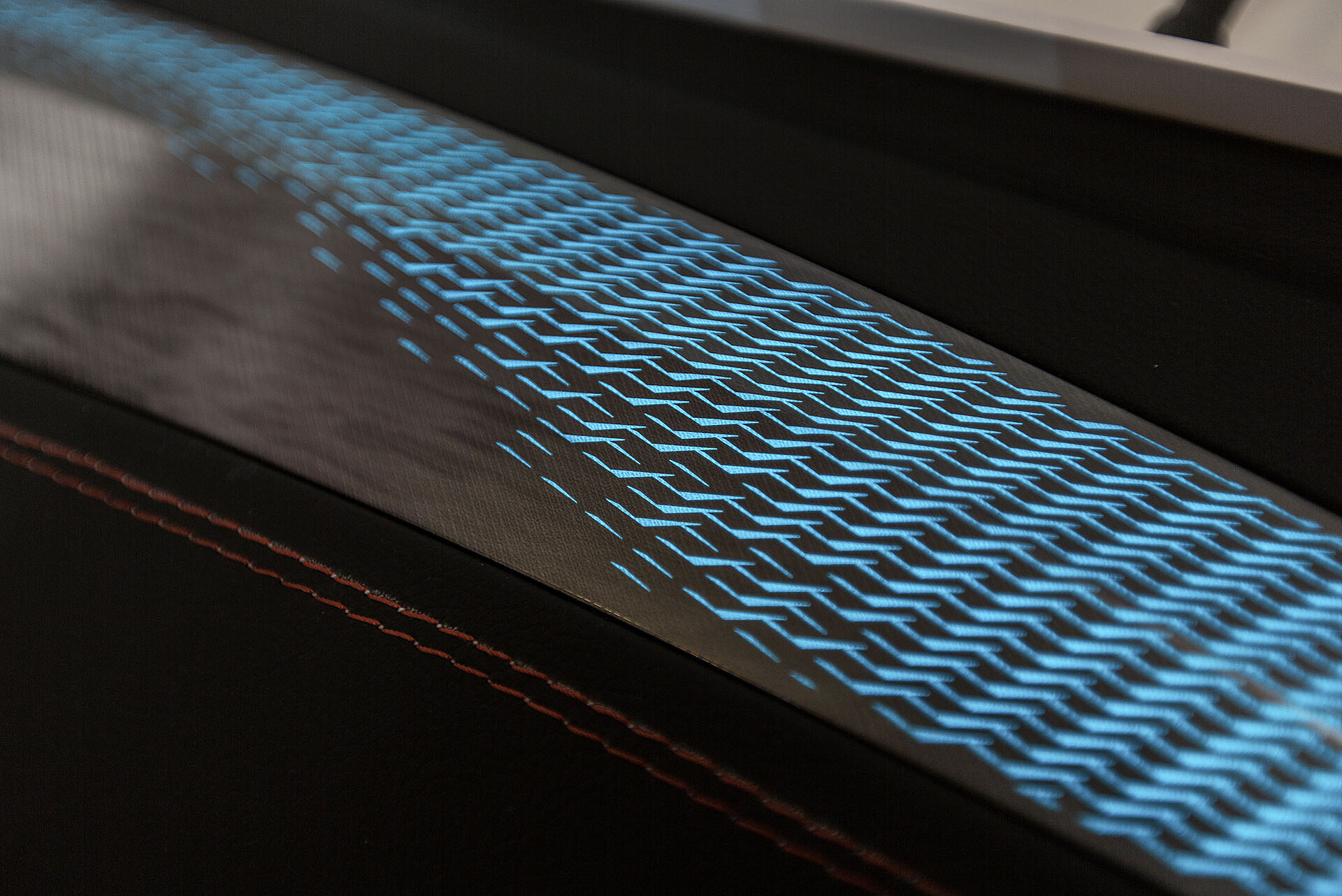Innovative Production Techniques: In-Mold Decorations Explained
Innovative Production Techniques: In-Mold Decorations Explained
Blog Article
Mastering In-Mold Decorations: Strategies, Fads, and Ideal Practices for Optimum Outcomes
In the realm of manufacturing, the art of in-mold decors stands as a crucial aspect of product layout and manufacturing. As industries constantly look for ingenious means to boost aesthetic allure and performance, mastering the complexities of in-mold decorations has emerged as an important capability. From selecting the ideal materials to including advanced style fads, the journey towards achieving ideal lead to this domain is diverse. By diving right into the methods, trends, and finest techniques that underpin effective in-mold decoration processes, services can open a realm of opportunities that not just boost the aesthetic allure of their products however additionally streamline production effectiveness and strengthen customer involvement.
Product Option
Material option is an important element of mastering in-mold decors, as it directly influences the quality and durability of the final item. When selecting products for in-mold decorations, it is essential to take into consideration elements such as compatibility with the molding procedure, the preferred visual result, and the ecological conditions the item will face.
In addition, the chosen product should have excellent adhesion buildings to make sure that the decor adheres securely to the substratum during the molding process. Adhesion in between the product and the decoration is essential for protecting against delamination and ensuring durable visual appeal. Furthermore, products with high warmth resistance are preferred for in-mold decorations, particularly for items that will certainly be exposed to elevated temperature levels throughout their lifecycle. By very carefully picking the suitable material for in-mold designs, suppliers can boost the overall quality and longevity of their items, meeting the expectations of both clients and end-users.
Style Advancement
An essential consider progressing the area of in-mold designs is the continual expedition and execution of design development techniques. Style innovation plays a critical function in improving the aesthetic appeal, capability, and total quality of products manufactured utilizing in-mold decoration procedures. By including ingenious design elements, makers can separate their products on the market, attract customers, and remain ahead of rivals.
One of the essential elements of design innovation in in-mold decors is the combination of intricate patterns, structures, and graphics that were previously testing to accomplish with traditional decor methods. Advanced modern technologies such as 3D printing and electronic style tools make it possible for designers to create complicated and detailed styles that can be perfectly moved onto molded components. Additionally, using dynamic colors, metal surfaces, and unique effects like gloss or matte appearances can even more raise the visual appeal of in-mold embellished items.
Additionally, layout innovation prolongs past aesthetic appeals to encompass practical improvements such as ergonomic shapes, integrated attributes, and customizable elements that satisfy certain user demands. By accepting design innovation, suppliers can unlock new opportunities for product, creativity, and customization differentiation in the competitive landscape of in-mold designs.
Manufacturing Performance
Efficient production processes are necessary for converting the cutting-edge layouts established in the area of in-mold my sources decorations right into high-quality finished products that meet market needs and consumer expectations. In the realm of in-mold decorations, production efficiency encompasses various crucial elements that contribute to the general success of the manufacturing process. One important aspect is the optimization of mold and mildew style and tooling to make certain smooth and exact design transfer onto the end product. By fine-tuning mold setups and buying high-quality tooling materials, suppliers can enhance efficiency and uniformity in manufacturing.
Additionally, applying automation and robotics in the assembly line can dramatically enhance efficiency by enhancing repetitive jobs and minimizing the margin of error. Automation not just speeds up the production procedure but additionally enhances accuracy and repeatability, leading to a more consistent and top quality final product. In addition, taking on lean manufacturing concepts, such as just-in-time stock administration and waste reduction methods, can further boost production effectiveness by minimizing downtime and enhancing source usage. Generally, a holistic technique to manufacturing effectiveness is extremely important in making best use of the potential of in-mold design strategies and attaining optimal cause the affordable market landscape.
Quality Control Measures
What are the key approaches for guaranteeing stringent top quality control steps in the world of in-mold designs? Quality control procedures are critical in in-mold decoration processes to you could try these out make sure the production of top quality and remarkable completed items.
Making use of advanced modern technologies such as computerized assessment systems can additionally enhance the quality control process by offering trustworthy and precise data for evaluation. These systems can spot flaws that may be missed by hands-on examinations, therefore improving general item quality and uniformity.

Normal training and advancement programs for workers associated with the in-mold design procedure can also contribute to preserving high-grade criteria. By educating staff on best methods, top quality expectations, and the importance of interest to information, firms can cultivate a society of high quality awareness throughout the company.
Customer Appeal
To boost the marketability of in-mold design items, recognizing and catering to consumer preferences play a crucial role in establishing their allure and success. Customer allure in in-mold designs is affected by different aspects, including style visual appeals, color selections, durability, and overall capability. Consumers are increasingly seeking personalized and one-of-a-kind items that show their individuality and style. Supplying personalization options such as tailored designs, color variations, and textural elements can substantially boost the charm of in-mold decoration items.

Final Thought
In-mold decors provide a flexible and effective way to improve product looks. Grasping in-mold designs requires a holistic approach that takes into consideration all facets of the manufacturing process to make sure success.
In the realm of production, the art of in-mold designs stands as an essential element of product layout and production. Design development plays an essential role in improving the aesthetic allure, performance, and overall quality of items produced using in-mold decor processes.One of the vital elements of design technology in in-mold decorations is the integration of elaborate patterns, textures, and graphics that were formerly challenging to achieve with traditional decor a knockout post techniques.Reliable production processes are essential for equating the cutting-edge styles developed in the field of in-mold decorations right into high-quality completed products that satisfy market demands and consumer assumptions. Using modification choices such as customized designs, color variations, and textural aspects can considerably improve the allure of in-mold decor items.
Report this page